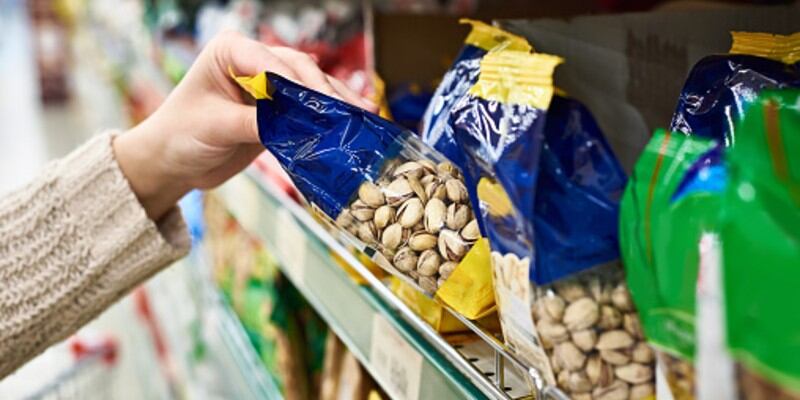According to the Woolworths Sustainability Plan 2025, the firm aims to evolve its business strategy to take a more circular economy approach – and from the perspective of making improvements to its product portfolio, the focus will be on ‘making it easy for our [consumers] to choose products that are healthier, sustainably sourced and responsibly packaged’.
One of the main goals in this plan revolves around protein – namely a commitment by the firm to expand its alternative protein range and ensure easier access for consumers to these options.
“15% of Australia’s greenhouse gas emissions come from livestock and we share our [consumers’] concerns about the environmental impacts of protein [so we are looking] to improve this, and are actively expanding our range of plant proteins so that [they] have a choice,” Woolworths told FoodNavigator-Asia via an email statement.
“Our Sustainability Plan includes a commitment to lead the future of protein - We [aspire to] minimise our impact on the environment in sourcing our products whilst improving the lives of animals, providing nutritious quality products and protecting the people in our supply chain.
"[Basically], we will make it easy for consumers to eat sustainably and affordably, by balancing animal, plant and novel proteins in their diets.
“By 2022 we will report [more information] and the key metrics that will be included in our approach to responsible protein at Woolworths – [but for now,] by 2025 we will be sourcing the fresh beef and soy in our brands sustainably, 100% of our Own Brand seafood will be ecologically responsible, [and all eggs we use] will be cage-free].”
Woolworths also aims to make 100% of Own Brand packaging sustainable via initiatives such as halving its use of virgin plastic packaging by 2024 and reaching and average 60% of recycled content in said packaging by end-2025.
Reformulation for sustainability
Woolworths has also placed a great deal of emphasis on increasing healthier Own Brand product options as part of its sustainability plan – with reformulation being a key part of the firm’s strategy to achieve this.
“One way we will reduce nutrients of concern [such as] salt, sugar and saturated fat [and] increase healthier options is through reformulations of products in our Own Brand range – [over] the past three years, we have already reformulated 190 own brand products and added more whole grains into our range,” the team told us.
“[Some of the results we’ve seen include] the use of 132 tonnes less sugar [than would originally have been used for these products], 68 tonnes less salt, 24 tonnes less saturated fat and 5,400 tonnes more whole grains.”
When queried about plans for non-Own Brand items – which of course make up an enormous portion of the product portfolio Woolworths carries – and plans to get these to also be healthier and more sustainable, the team said: “We know many of our suppliers are looking to increase the range of healthier products available to customers, or improve the nutritional value of existing products.”
The development of a new Healthier Options tool for shoppers to use based on the government’s Health Star Rating (HSR) system was also highlighted, which would presumably encourage manufacturers to improve formulations based on HSR ratings.
“With our innovative Healthier Options tool, [consumers] can quickly and simply consider more nutritious alternatives,” said Woolworths Head Nutritionist Stevie Wring.
“As more customers use our website to plan their shop in-store and online, we’re making it easier for them to select a product, view the information page and decide whether they’d like to add a Healthier Option to their basket.
“For those shopping in-store, the list making tool on [the Woolworths website] can help them plan their shop and consider the Healthier Options available before they head out.”
According to data on the Healthier Options tool, it uses data analysis to compare similar products based on their on-pack HSR scores, or for products not part of the HSR programme (which is not mandatory), a health rating calculated from the information the manufacturer has provided on the product packaging using the government’s HSR calculator.
“The Healthier Options algorithm shows users similar products that have a rating of at least half a star higher than the product selected, without any preference for specific brands,” Woolworths added.
“Healthier Options are currently offered across a range of grocery items like cereals and yoghurt. Alternatives aren’t presented on the product page for whole foods like fresh fruit and vegetables, or in the case that suitable alternatives with a higher health rating aren’t available.
“As a responsible retailer, Woolworths will only provide Healthier Options that have a rating of 3.5 stars or more for discretionary foods like chips and chocolate.”





